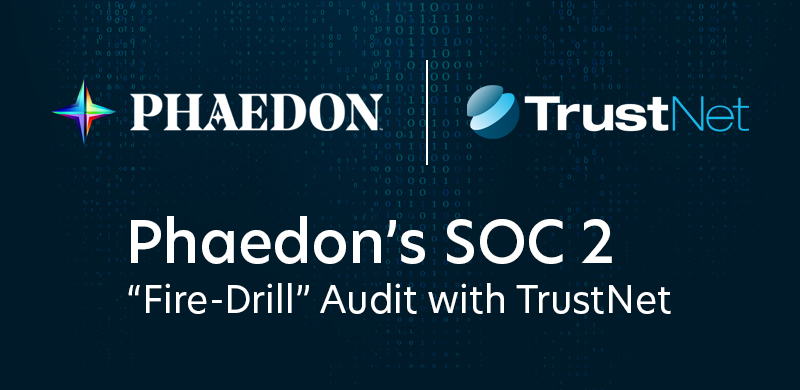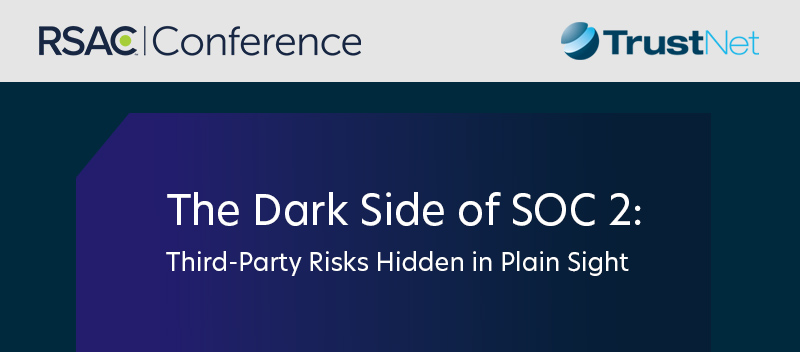
All organizations that store, manage, transmit, or otherwise handle data are responsible for keeping these digital assets secure from internal and external threats. IT risk assessment involves identifying, controlling, correcting, and mitigating vulnerabilities both via internal safety processes and with the assistance of a third-party auditor.
This vendor performs specific, industry-driven assessments to remain in compliance with regulations such as the National Institute of Standards and Technology (NIST), the Health Insurance Portability and Accounting Act (HIPAA), and the payment card industry data security standards (PCI DSS). In order to protect both your business and your valued customers, it is crucial that you prepare by gaining a thorough understanding of the information technology risk assessment process.
The Purpose of Conducting an IT Risk Assessment Evaluation
Risk assessments provide organizations with a holistically based set of specific findings that can ultimately play a vital role in the entire information security management posture of an enterprise. To that end, all stakeholders in the organization must play pivotal roles. Networks, hardware, software, staff, protocols, and procedures, and past compliance histories must be taken into careful consideration.
When deciding how to perform a risk assessment, personnel at all levels of security and operations management must construct a cybersecurity risk assessment template that will help to identify weaknesses, assess the risks they pose, and determine strategies for their tolerance, correction, mitigation, or removal.
Information Security Risk Assessment Example
Your company’s threat vulnerability risk assessment should consist of a series of components that can assist your organization in the analysis of your technology, security posture, and other resources. Gaining a thorough knowledge of your assets as well as the gaps in your systems can help you to anticipate and minimize the negative consequences of data breaches and other security events. Aspects that must be considered include the following:
- Diagrams showing the architecture of your networks and how all of your systems interconnect
- Details about your website and all other publicly available information
- A full accounting of all physical hardware and other assets throughout the organization (including printers, desktop computers, laptops, mobile devices, etc.)
- Descriptions of all operating systems used throughout the infrastructure
- All data storage repositories and files
- Complete list of all applications used along with technical specifications
- Descriptions of all security maintenance systems used to protect the environment (examples include firewalls, anti-virus solutions, access, and change controls, and network monitoring)
- Authentication strategies
- All regulations and laws that pertain to the company’s security and industry compliance
- All procedures and guidelines, both documented and informal, to which staff is expected to adhere.
Once you determine the scope of the IT risk assessment template, you can arrive at the best methodology for analyzing these moving parts in order to attain your compliance or security enhancement objectives.
Common tasks performed during a network risk assessment may include but are not limited to the following:
- List the cybersecurity needs and objectives of your organization, including any recent regulatory changes
- List and evaluate the effectiveness of your current cybersecurity processes, tools, disaster and recovery planning, etc.
- List all assets along with any vulnerabilities and threats that could impact them
- Specify all physical protections currently in place to keep assets secure
- Review, analyze and test all aspects of network architecture to ensure that it meets your standards and recommendations
- Consider all remote systems and users, ensuring the security of each configuration against attack
- Describe and evaluate authentication processes
- Detail staff training and awareness procedures
- Review all contracts and agreements with external vendors
- Provide specific recommendations for reducing and eliminating the impact of risks and vulnerabilities.
Reduced revenue, loss of customers, and a hit to the reputation of your brand are just a few of the consequences that could result if an attacker is allowed to exploit one or more of the weaknesses in your IT infrastructure. Using a cybersecurity risk assessment matrix checklist that quantifies your assets, specifies the framework of regulations in which you operate, and spells out how you plan to reduce or nullify these vulnerabilities is one of the best strategies that a forward-thinking company can adopt.
The purpose of an IT risk assessment is multi-faceted. It provides ongoing tools that help personnel in every department to keep ongoing tabs on your company’s security posture, thereby enabling you to remain in compliance with industry regulations and standards.
The skills honed during security audits will serve your organization well even during the interim between assessments, facilitating clearer and more streamlined communication among all stakeholders. Thanks to this enhanced dialogue, problems can be identified and resolved before they become full-blown vulnerabilities.
Finally, the formal assessment process provides a concrete basis for reporting that professionals at all levels can utilize when making security-related decisions. With the ever-present need to attend to budgetary constraints, this solid infrastructure provides decision-makers with a viable and transparent framework that allows for intelligent prioritization. An organization that maintains an evolving knowledge of its assets and proactively addresses the most pressing risks is one that usually remains a step ahead of security breaches.




